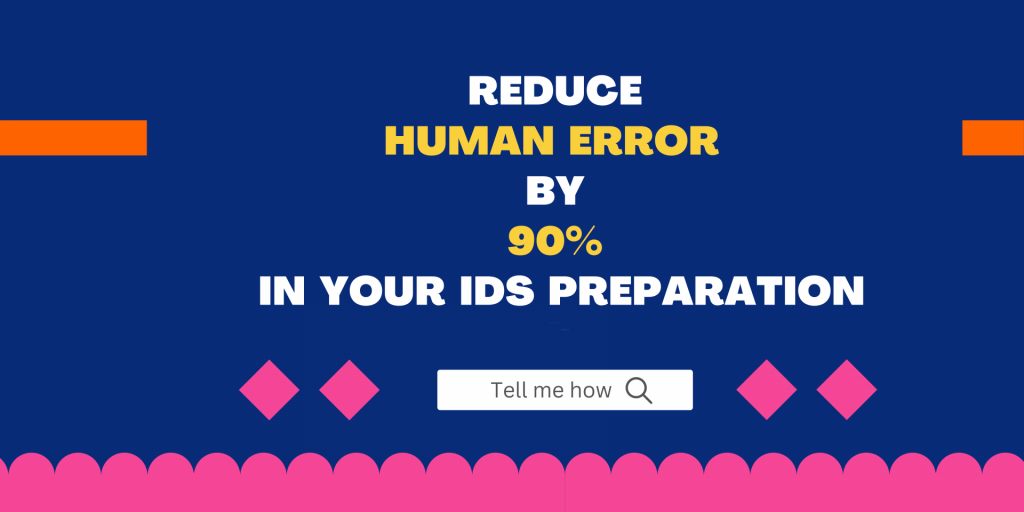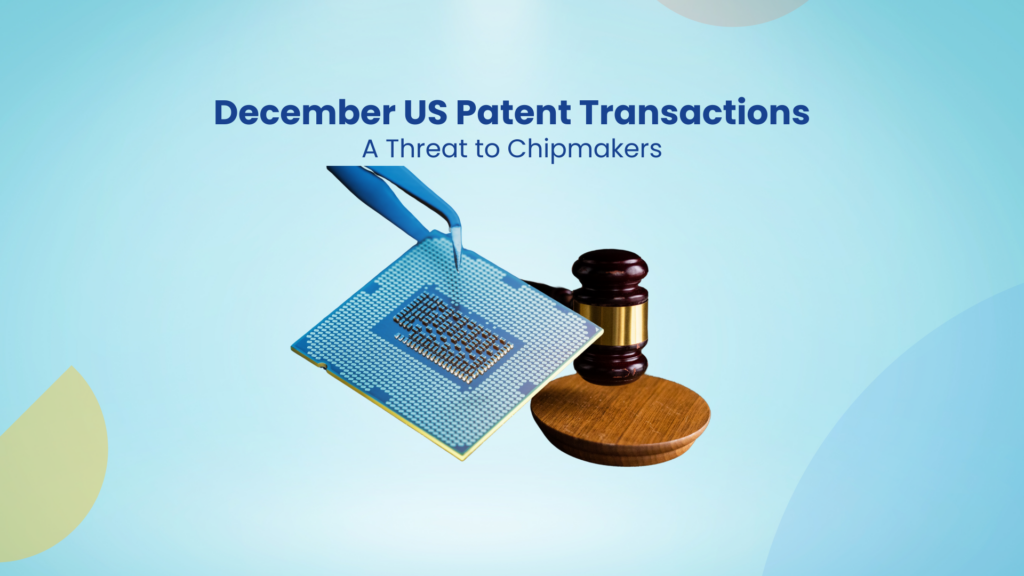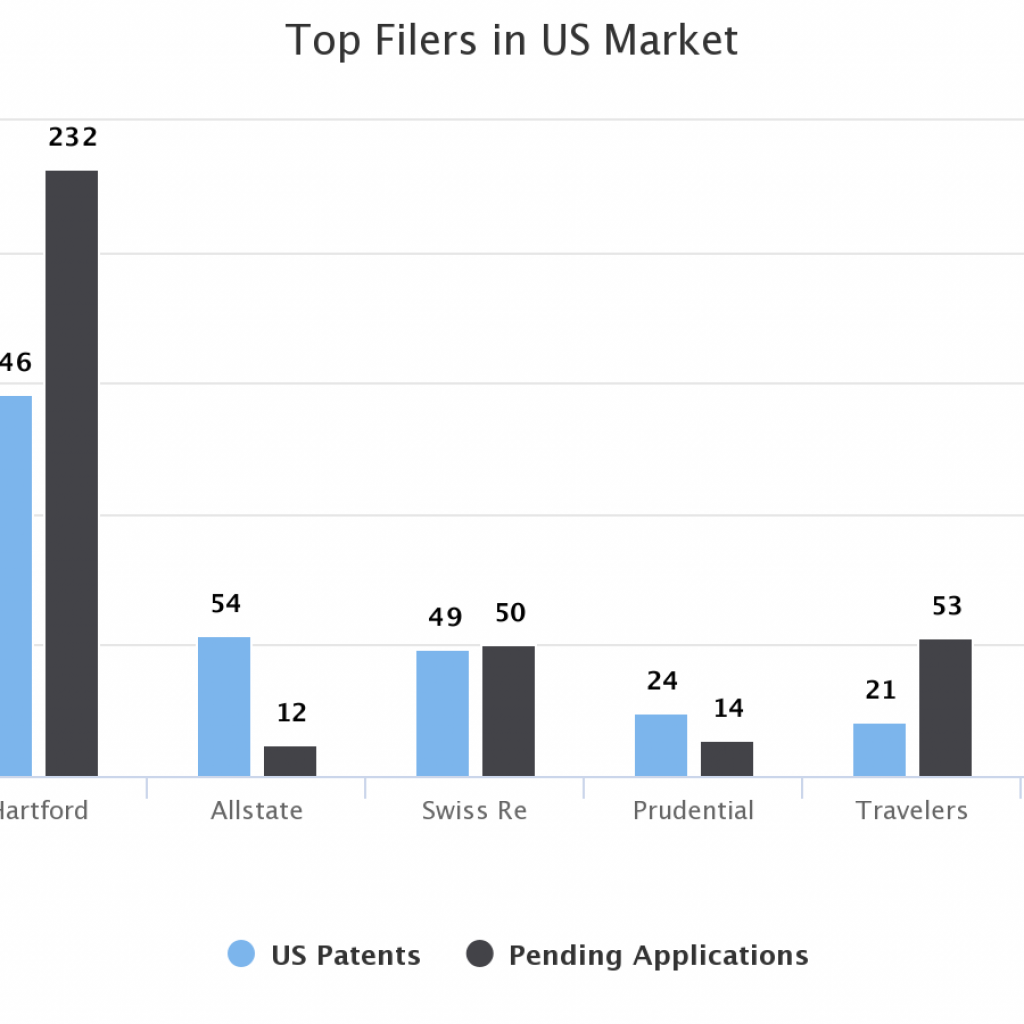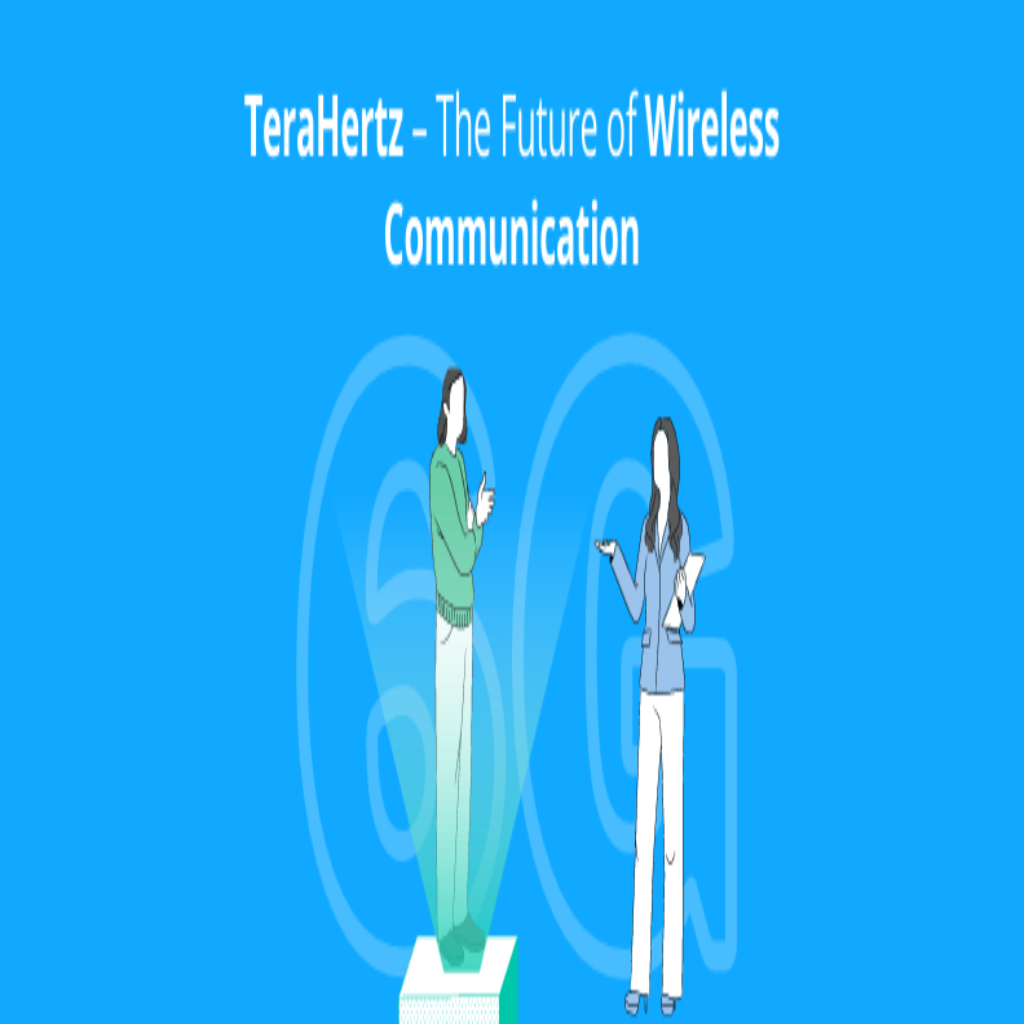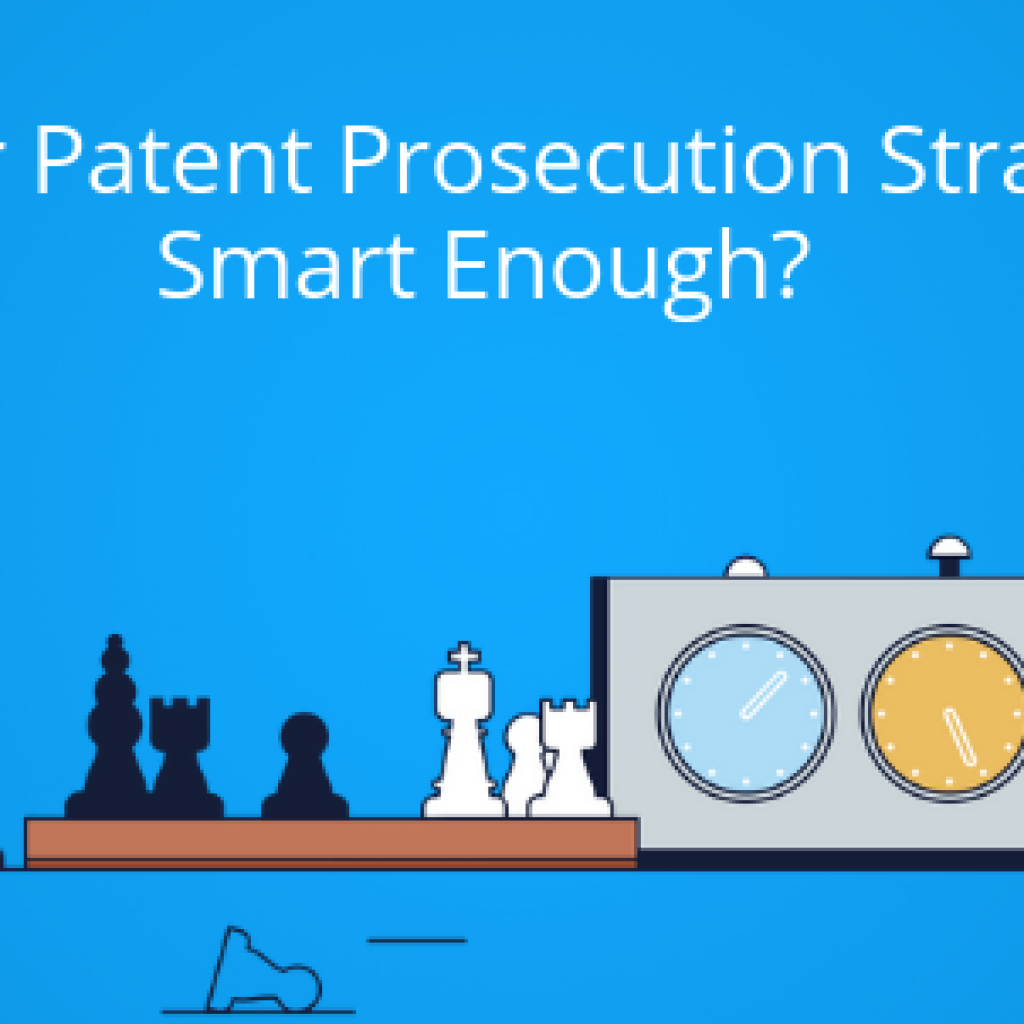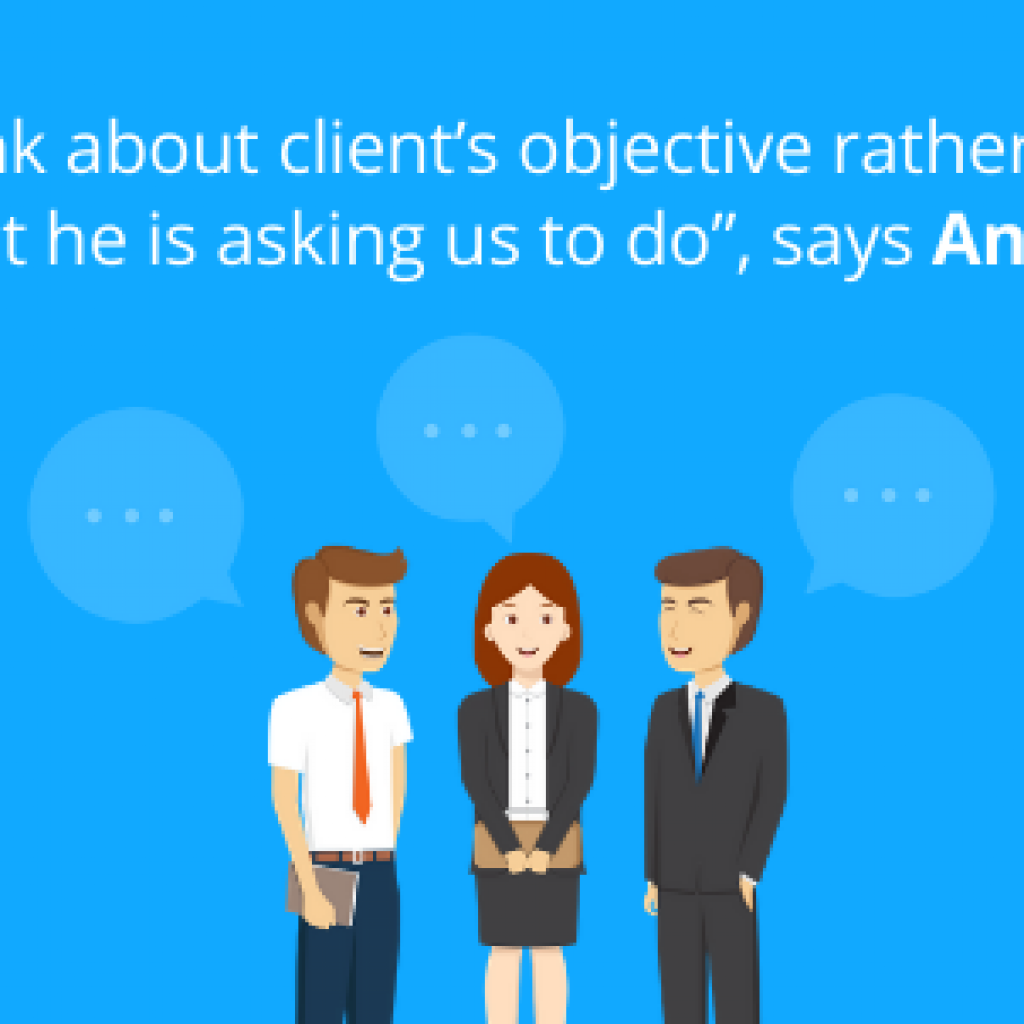Joe is an inventor. Like most inventors, Joe has worked obstinately and carefully towards designing an invention which he believes is going to revolutionize the world. Joe wants to claim the invention to prevent others from stealing his intellectual property and consequently decides to get a patent.
But one thing that Joe doesn’t know is how to deal with the whole patent prosecution thing. He decides to call his good friend Jacob, a patent attorney. Jacob tells Joe to go home and relax on a hammock, drinking pina colada while he takes care of the prosecution part.
The big day arrives and to everyone’s surprise, the claims of the patent get rejected. Obviously, this was a heart-wrenching moment for Jacob, who not only had to face the rejection from examiner Molly but also had to face his friend and his client, Joe.
Such a situation occurs more often than not. It is a general belief that these rejections are a common occurrence and there’s only little one can do to avoid/overcome rejections. Jacob is a tough guy and starts planning to help Joe to get the patent granted. Seems, he definitely has some good cards under his sleeve.
Here is what he plots and names it ‘After Rejection Mojo’ to fight Molly –
Below are the strategies that Jacob employed in fighting the rejection imposed by Molly:
Know thy enemy:
Before facing Molly again, Jacob loaded up his arsenal with as much information about his foe as possible. The battle becomes easier when you know your opponent’s strengths and weaknesses. This is exactly what Jacob needs to know. Molly’s strengths and weakness, her modus operandi.
1. The first and foremost analysis to judge your opponent is to know his track record. In this case, it’s the examiner’s stats. Molly is working for art unit 3732 and the stats of that art unit can be used to get an overview of the examiner’s methodology. For example –
Based on these stats, Jacob realizes that Molly already has a quite high grant rate, i.e. it might be easier to convince her. Jacob starts analyzing the patents that have been prosecuted by Molly and identifies her favorite cited patents in other cases.
He reads those patents and compares them with Joe’s inventions and drafts the claims in such a way that they barely or minimally overlapped against the already claimed patents. However, too many amendments might make the claims to lose sight of the actual invention and so, Jacob sits down with Joe. Together they formulated the claims v2.0 for Joe’s invention.
Some part of this reformulation involved changing certain words/ phrases which might cause conflict while certain other changes involved shifting of certain features of the inventions from independent claims to dependent claims and vice versa.
Through this behavioral analysis, Jacob knows Molly better than ever. He now knows what prior art references might be thrown in his face and how to deal with those.
2. Human behavior is nothing but a person’s willingness to stick to a format! If one is able to grasp that weakness, improvising it to your favor is an easy task. Jacob explores the trends related to Molly, and comes up with:
Now Jacob knows that chances of getting two non-final rejections are quite high when dealing with Molly. Going into the depths of these trends, he witnessed:
Almost 73% of the applications received by Molly were subjected to a non-final rejection. Further, almost 93% of those were further subjected to another non-final rejection with an average of 5 interviews per application occurring between an application’s filing stage and the first rejection. Jacob is now mentally prepared for the interview. He now knows his opponent (Molly) better than before and hence, nothing in the battlefield would come as a surprise.
 hbspt.cta.load(1791848, ‘5a9b267c-02a7-4033-a894-fa9187d5e4d6’, {});
hbspt.cta.load(1791848, ‘5a9b267c-02a7-4033-a894-fa9187d5e4d6’, {});
3. But that is not all. It is always good to know how the opponent was defeated in earlier battles. Jacob explores the previous office actions where applicants got success against Molly.
Going through the arguments which the previous applicants have cited in their respective rejections, Jacob got two-fold advantages: not only Jacob came to know what form of arguments convinces Molly, but also, which types of opinions don’t work.
4. All the measures Jacob took were on the defensive grounds. It is always better to keep some extra ammo in your arsenal just in case things go south. The ammunition which comes to rescue in these cases is an RCE once a final rejection has been forwarded and the option of filing an appeal to the Patent Board for a change of examiner. Looking at the stats for RCEs and PTABs, Jacob gets some idea as to what to expect if it comes down to these measures.
Jacob went exploring further and obtained the following trend:
 Seeing the trend that almost 72% of applications were immediately issued a notice of allowance after a request for continued examination has been filed by an applicant, Jacob obtained a similar analysis for the appeals to the patent board.
Seeing the trend that almost 72% of applications were immediately issued a notice of allowance after a request for continued examination has been filed by an applicant, Jacob obtained a similar analysis for the appeals to the patent board.
Hopefully, all this analysis will not go in vain, and sooner or later, Jacob will finally be able to keep his promise to Joe to get his invention protected!
5. However, if it still doesn’t work, probably due to Jacob’s history with Molly, then Jacob has to be prepared for the last resort which is to get the patent shifted to some other art unit, preferably the one with a greater grant rate than the currently allocated one.
Are you wondering how Jacob was able to get all the examiner related stats and help with the option of changing art unit?
Well, fortunately, Jacob was aware of GreyB’s meticulous and comprehensive algorithms of Examiner Analytics to make this task a walk in a park. He contacted GreyB in time and was able to implement strategies that brought home success.
Authored By: Rohit Jaswal, Senior Research Analyst, Prior Art, Gaurav Sahni, Senior Research Analyst, Prior Art and Shikhar Sahni, General Manager, Operations








